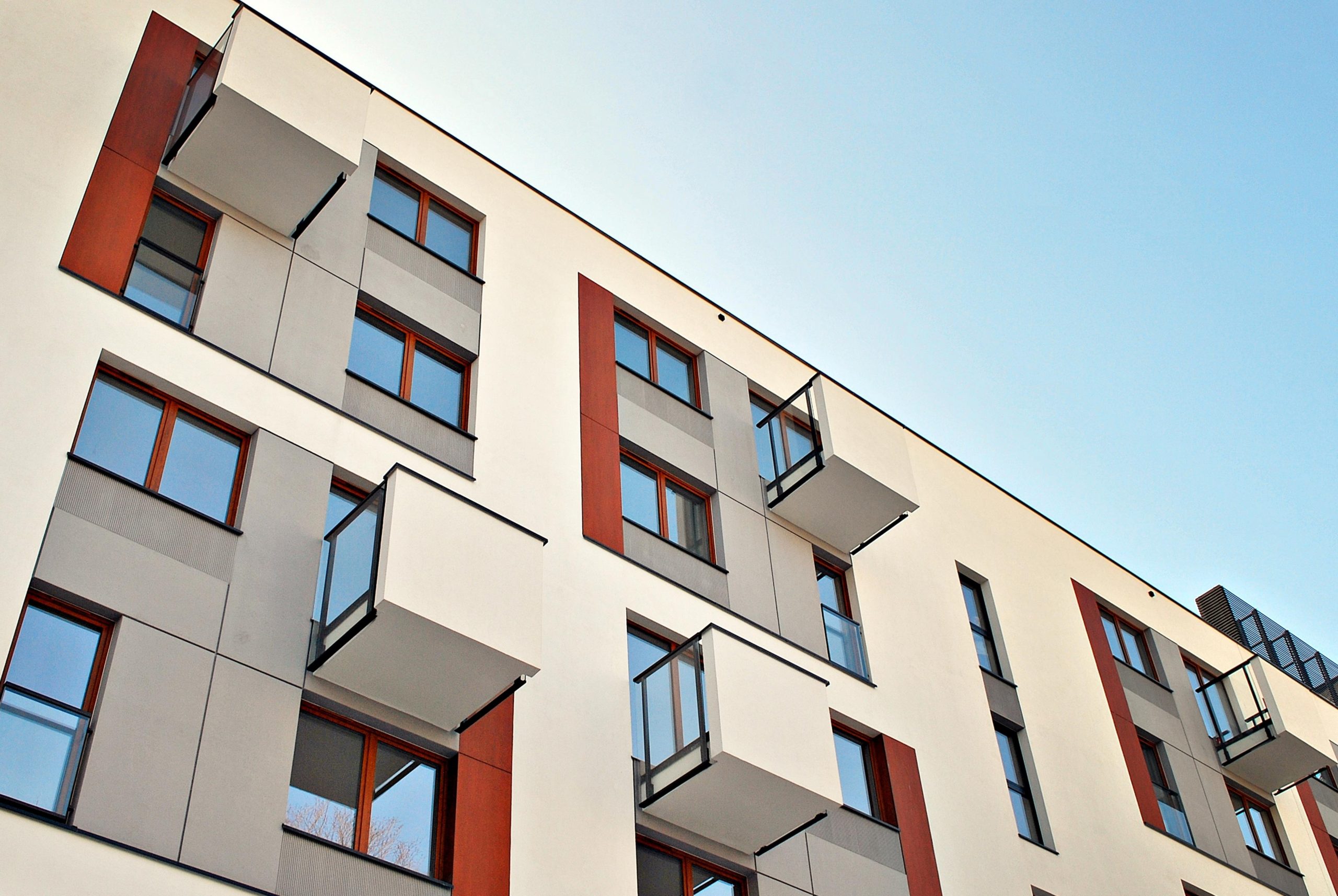Recovering service charges from insolvent leaseholders can be a challenge for RMCs and their managing agents. Brady Solicitors’ Cheryl Bates sets out your options when a leaseholder has entered into an IVA.

An insolvent person can apply for an Individual Voluntary Arrangement (IVA). This is a legally binding agreement between a debtor and their creditors to pay all or part of their debts at an affordable rate and over a period of time. This is typically five years, but there is no set length and it could be shorter if the creditors accept lump sums in respect of what they are owed.
A person is suitable for an IVA if they have a regular income and at least three debts, with two or more creditors.
The debtor agrees to make regular payments to an insolvency practitioner (referred to as the “Supervisor”), who divides the money between the creditors. The purpose of this arrangement is to create an orderly repayment of creditors by fixed payments.
It allows a debtor more control over their assets than a bankruptcy, however an IVA is still a form of insolvency.
Once the IVA proposal is passed to creditors, it can then take several weeks to finalise. For this reason, the Insolvency Practitioner may apply to the county court for an Interim Order to stop creditors taking any action until the process is complete.
A meeting will be held at the Insolvency Practitioners offices and if enough creditors agree to the IVA, the proposal will be accepted.
If the creditors who vote for the IVA (at the meeting or by proxy) hold more than 75% of the value of the debt, then the proposal will be accepted, and the outcome reported to the Court.
Note that this takes no account of creditors who were unaware of the proposed IVA, nor those who chose not to vote, so the threshold to get the IVA approved can be relatively low.
Once the IVA is made, the details will be entered on the Individual Insolvency Register.
What can you do if the service charge debt is not included in the IVA?
If a debt comes to light after the IVA has been set up, the first step is to notify the Insolvency Practitioner. The law calls these “unknown creditors”.
The IVA will include terms for how any unknown creditors will be paid if discovered later, so some of the debtor’s monthly repayment amount could be diverted to pay the service charge arrears.
Impact of an Interim Order on the service charge recovery process
Once an Interim Order has been granted, the freeholder needs the leave of court to begin any proceedings against the leaseholder and, once the application for the IVA is made, the court has the power to stay any legal proceedings or action for arrears.
In a perfect world, if a leaseholder owes service charges, the freeholder would receive notice of the IVA proposal and be requested to vote on the terms – but this often doesn’t happen.
The more common scenario is for a claim to be issued and, only at this point is the freeholder/RMC made aware of the IVA, and the fact they are now an unsecured creditor and should “join the queue” with the other unsecured creditors for payment.
This is frustrating and detrimental to service charge collection – not least because the Insolvency Practitioner will often refuse to pay any costs of recovery and the freeholder may only be able to recover a proportion of the total service charge owed via an IVA.
There are ways to try to avoid this unpalatable situation, but it is recommended that you obtain specialist advice on this.
Our advice is to make sure that service charge arrears are not allowed to build up and you instigate early recovery action.
If the leaseholder indicates they are struggling with payment of their debts you have advance warning that the situation could deteriorate quickly, after which point you will be competing with other creditors for the limited assets available.


